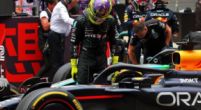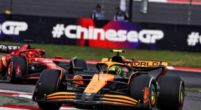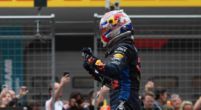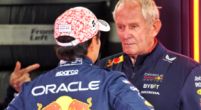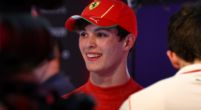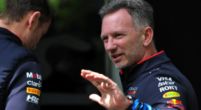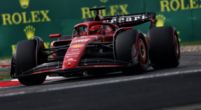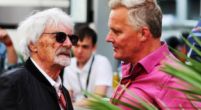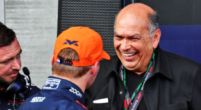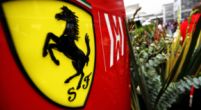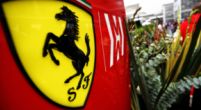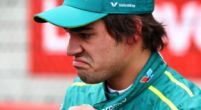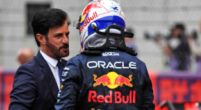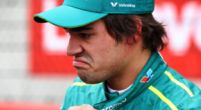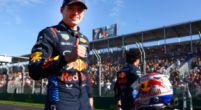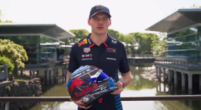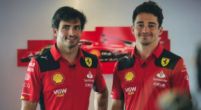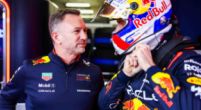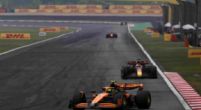Red Bull Contentpool
Exclusive
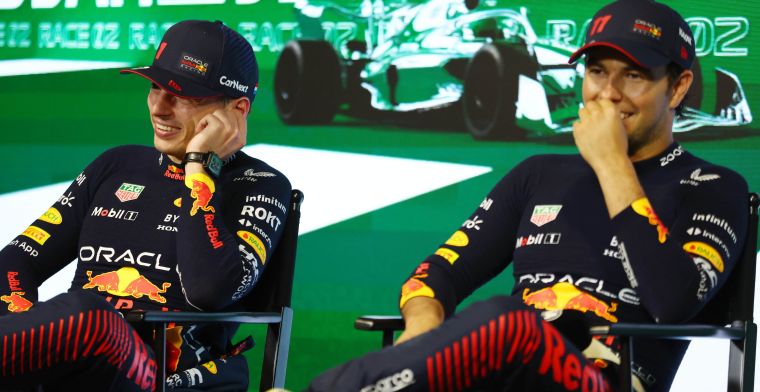
How Verstappen and Perez showed how monstrously good the RB19 really is
After the Bahrain Grand Prix, many people felt that Red Bull Racing had yet to show true pace. In Saudi Arabia, rivals' fears proved true when Sergio Perez and Max Verstappen gave everything for the win. GPblog dives into the big differences in pace between Red Bull, Ferrari, Mercedes and Aston Martin when things really mattered for a while.
Winning at half speed in Bahrain
In Bahrain, it was not even really necessary for Red Bull Racing to go full throttle. Verstappen quickly pulled together a ten-second gap at the start of the race and once Perez was able to pass Charles Leclerc, the race was already over. The 38-second gap to number three Alonso was big but could have been much bigger according to the competition.
Mercedes spoke of a difference in race pace of around one and a half seconds in Bahrain. Many people will then think that Mercedes are making that look worse than it might be, but in Saudi Arabia, things turned out differently. Indeed, at the Jeddah Corniche Circuit, there was one period where all the drivers had to give everything, and it was then that Red Bull's real pace became apparent.
On lap 25, Verstappen passed Alonso and the real race could begin. Verstappen has had to fight his way back into the race from P15, and since the restart, he has quickly dealt with George Russell and Fernando Alonso. Yet Perez has already built up a five-second buffer in that short time. What we get then is a display of muscle from the RB19.
Verstappen and Perez show true nature
Perez and Verstappen gave everything they had between lap 25 and lap 36 to secure victory. Perez did all he could to secure his lead, and Verstappen did all he could to close the gap to his teammate. During this period, Max often drove faster than Checo. Between laps 25 and 30, the times were still between 1.32.6 and 1.32.9, after that they went even faster. Between laps 31 and 36, Verstappen (and sometimes Perez) drove between 1.32.2 and 1.32.3. Perez set the fastest lap time at that stage with a 1.32.1 (more on this later).
For the first time, the Red Bull drivers really hit the gas, and the competitors noticed. In 25 laps (since the restart), the competition was lapped. Alonso finished at 20 seconds (excluding time penalties) behind the leaders, Russell at 25, Hamilton at 31, Sainz at 35 and Leclerc even at 43 seconds.
This is even more impressive when you consider that Red Bull's drivers started to slow down from lap 38 onwards. Verstappen experienced problems with his driveshaft and lost time. After that, Verstappen pushed for a while, but from lap 42 onwards, Verstappen seemed to know enough, and his time drops again to the 1.32s, until at one point he started driving 1.33s himself. Only on the very last lap did Max push one more time for the fastest race lap: 1.31.906.
So it is more interesting to see how much faster Red Bull were between laps 25 and 36, the 12 laps where Red Bull really accelerated. At that stage, Verstappen lapped at an average of 1.32.5, and Perez averaged 1.32.7. Times the competition can only dream of.
View this post on Instagram
Competition doesn't come close to Red Bull
Take Alonso, for example. At the same stage where, with pressure from Russell and an eye on P1 and P2, Alonso certainly wouldn't slow down. The Spaniard's fastest time of 1.33.2, seven-tenths slower than Verstappen's average time. On average, Alonso drove 1.33.6 in those 12 laps. On average, the Aston Martin star driver thus loses more than a second on Verstappen per lap, and nine-tenths on leader Perez.
Russell, Mercedes' number one driver in this race, was chasing Alonso at the same stage, hoping for a podium. Russell's fastest time was a 1.33.4. On average, Russell drove a 1.33.7 during that period, 1.2 seconds slower than Verstappen per lap.
Ferrari's pain is even greater, as Sainz only gets to a 1.33.5 as his fastest time in that phase of the race. Leclerc might have been able to produce a better race pace, but Sainz comes to just 1.34.1 as the leading Ferrari. That simply puts Ferrari over a second and a half slower than Red Bull Racing in race space.
There is fear from the competition that Red Bull is unbeatable, and it is a justifiable fear. The speed in Bahrain was not incidental. Red Bull have created a monster with the RB19 that is not yet without faults (see Verstappen's problems), but is so fast that the competition is far from having an answer to it. In Bahrain, Red Bull won at half strength, in Saudi Arabia too actually, but through the honours of two drivers, we saw for a brief period just how good Red Bull really is. The competition already knew it, we now know it too.


